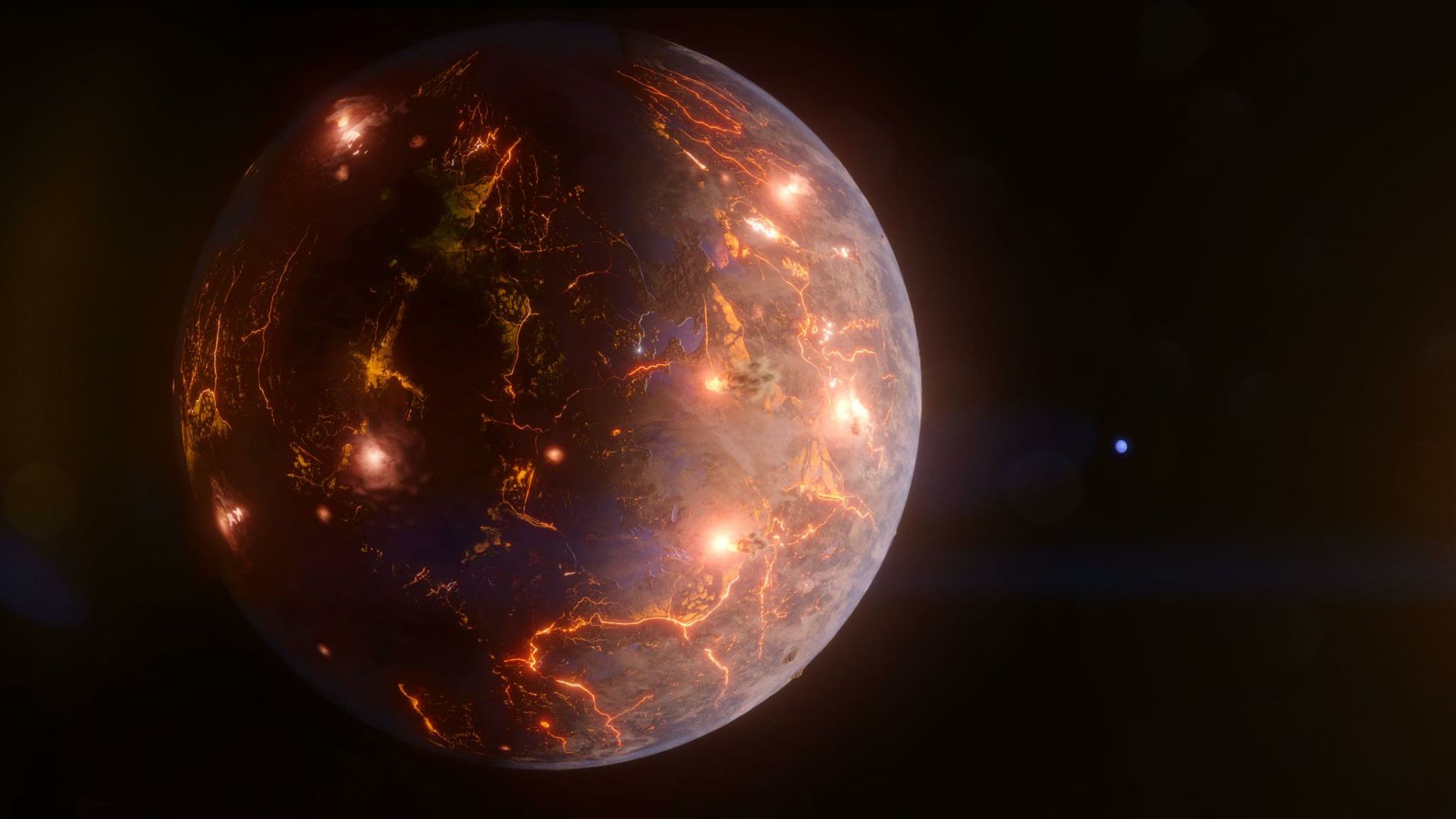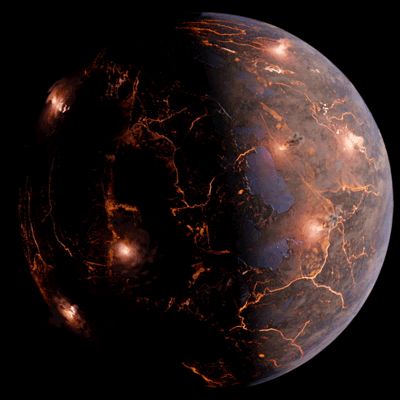Spitzer and TESS Discover a Potential Earth-Size World Encrusted in Volcanoes.
LP 791-18 d, an Earth-sized exoplanet located approximately 90 light-years away, has been discovered by astronomers. This intriguing planet exhibits the potential for being covered in volcanoes, with volcanic outbursts occurring as frequently as on Jupiter’s moon Io, which holds the record for being the most volcanically active body in our solar system. The research and study of LP 791-18 d were conducted using data from NASA’s TESS (Transiting Exoplanet Survey Satellite) and the retired Spitzer Space Telescope, in addition to a range of ground-based observatories.
LP 791-18 d orbits a small red dwarf star in the southern constellation Crater, situated about 90 light-years away from our solar system. Researchers estimate that it is slightly larger and more massive than Earth.
This exoplanet lies on the inner edge of the habitable zone, which is the region around a star where scientists theorize that liquid water could potentially exist on a planet’s surface. LP 791-18 d is also tidally locked, meaning that one side of the planet always faces its star. The daytime side is likely too hot to support liquid water, but if the planet exhibits the anticipated geological activity, it may be able to sustain an atmosphere. On the planet’s night side, temperatures could drop enough to allow water to condense on the surface.
Prior to this discovery, astronomers were already aware of two other planets in the LP 791-18 system, named LP 791-18 b and c. LP 791-18 b, the innermost planet, is roughly 20% larger than Earth. LP 791-18 c, the outer planet, is approximately 2.5 times the size of Earth and nearly seven times its mass.
During each orbit, LP 791-18 d and LP 791-18 c come very close to each other. The gravitational interaction resulting from these close encounters, particularly due to the influence of the more massive planet, LP 791-18 c, causes LP 791-18 d’s orbit to become somewhat elliptical. This elliptical path leads to slight deformations of LP 791-18 d’s surface during each revolution around its host star. These deformations generate significant internal friction, resulting in the heating of the planet’s interior and the emergence of volcanic activity on its surface, similar to the effects observed with Jupiter and some of its moons, notably Io.
The observations made by the Spitzer Space Telescope, shortly before its decommissioning in January 2020, provided valuable insights into the LP 791-18 system. These observations represented some of the final contributions made by this remarkable satellite, further expanding our understanding of the universe and the diverse exoplanetary systems it contains.
Hits: 0








